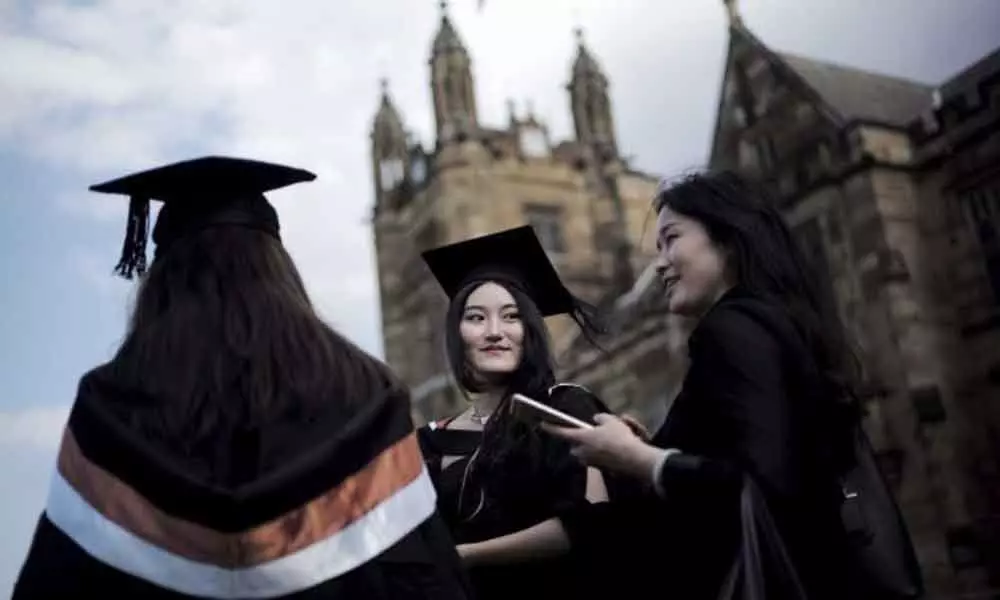The positive impact of research on society

Australian universities are performing spectacularly well in global research rankings, with seven among the world’s top 100.
Hyderabad: Australian universities are performing spectacularly well in global research rankings, with seven among the world's top 100. This is impressive considering the country has only 0.3 percent of the world's population and faces strong global competition, especially from China, the emerging research powerhouse, but this continues to expand careers scope for those interested in making research a profession, write Prof. Ian Jacobs & Prof. Nicholas Fisk
Evidence of the positive impact of research on society helps dispel the myth that researchers work in isolation from the real world. That balance of the practical and the scholarly is enshrined in the UNSW motto: Scientia Manu et Mente — Knowledge by Hand and Mind. Ensuring the knowledge accumulated has application drove UNSW's pioneering research in solar energy cells 40 years ago, and is equally evident in their work today. It is evident in their Centre for Sustainable Materials Research & Technology as it turns waste, otherwise destined for landfill, into green steel and products like benchtops and flooring. And it is evident in the new Fertility and Research Centre, which will offer fertility preservation for young people with cancer and rare genetic diseases.
The success of countless world-leading innovations originating from UNSW, and from Australia's university sector more broadly, is not just measured in the tenfold return on the public money invested, but in the lives they have changed and saved.
However, Australian universities are somewhat constrained by their capacity to translate what they do. Too many projects reach dead ends and too many billions of dollars are lost overseas due to lack of investment in the translation, application and commercialisation phases of our research pipeline. UNSW has been vocal in its belief that greater collaboration between universities and industry is the key to remedying this. Universities have unparalleled research infrastructure and networks, and the best research talent. Industry's expertise lies in its understanding of societal needs, its real-time knowledge of what is commercially viable, and its capacity to mass produce, market and distribute.
The success of the high-tech sector, for example, will rely on the expertise in design, science and engineering found in universities. But the number of university-industry collaborations, as Australia's Education Minister Dan Tehan recently noted, is low compared to other OECD countries. Compounding this is the fact that direct Commonwealth investment in R&D has fallen to a 40-year low of just 0.5 per cent of GDP, compared to other OECD countries such as the US, China and Israel, which invest 2.1-4.5 per cent of GDP.
The 2016 Review of the R&D Tax Incentive and the 2018 report Australia 2030: Prosperity Through Innovation recommended a collaboration premium to pull industry towards publicly funded research institutions. The initiative could address a problem flagged by Scott Morrison when, as treasurer, he announced changes to the R&D Tax Incentive, citing a lack of industry research intensity. A collaboration premium would incentivise partnerships across a richer spectrum and could be budget-neutral.
Another idea UNSW has proposed is an Australian Research Translation Fund as a non-health parallel to the Medical Research Future Fund. This concept became a recommendation in last year's Parliamentary Review on Government Funding Arrangements for non-NHMRC Research. An ARTF would complement the research funded by the Australian Research Council, encouraging translation of the government's priority research areas such as soil and water, energy, environmental change and cyber security. These are areas which underpin the prosperity and functioning of our communities and cities. The potential of a stronger collaboration framework for the two sectors is immense and one which Australian universities would welcome.








